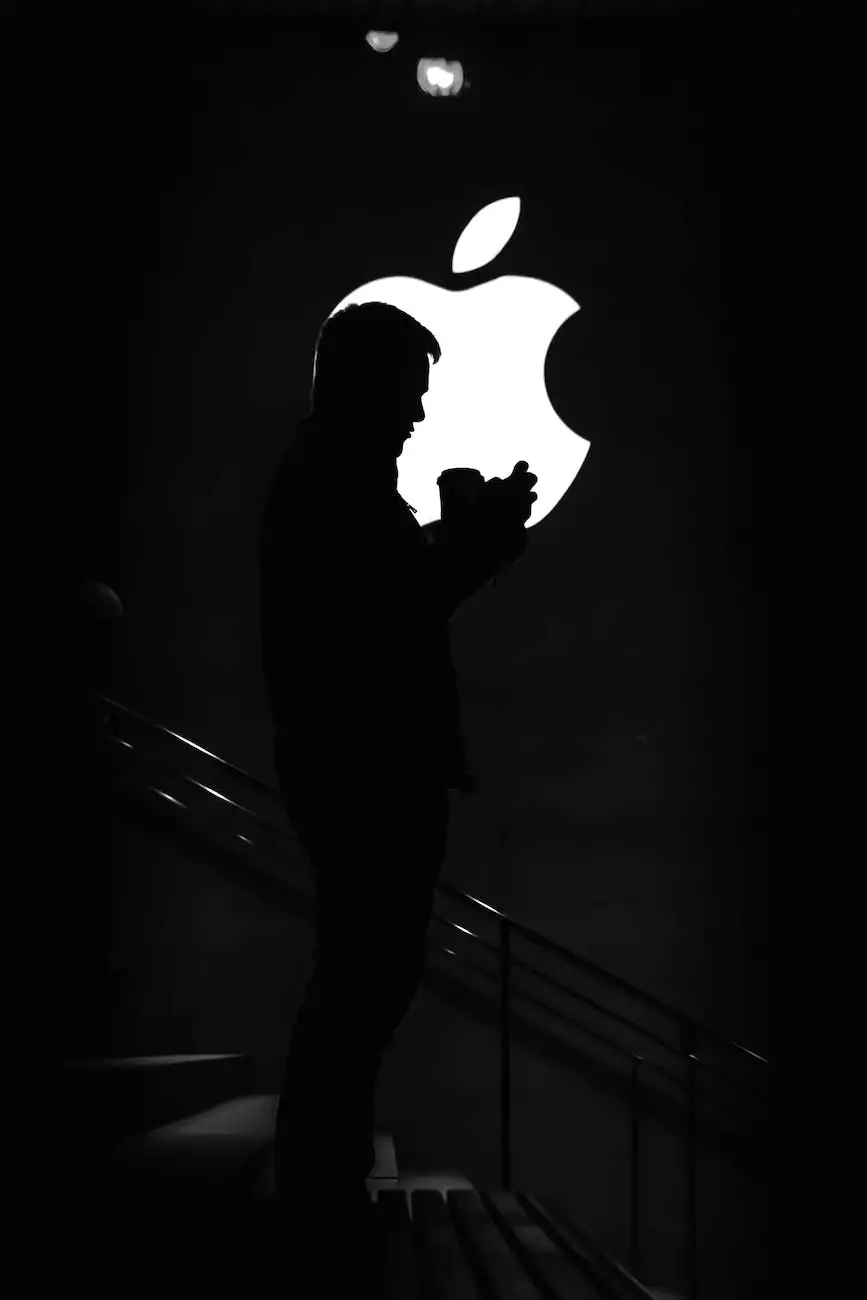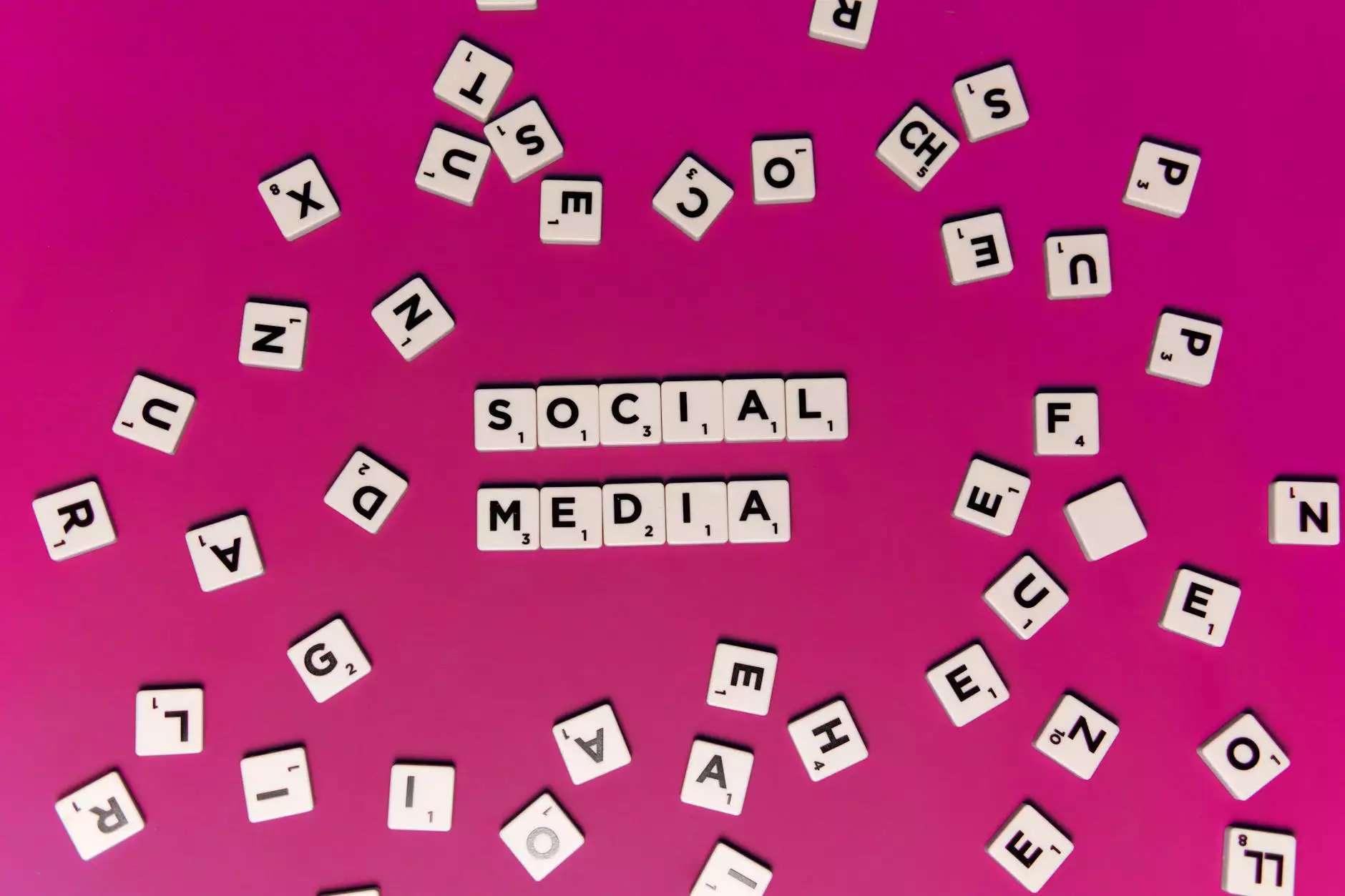The History of Logos: Starbucks
SEO
As a leading authority in the world of coffee, Starbucks has not only built a strong reputation for its high-quality beverages but also for its iconic logo designs. In this article, we will delve into the fascinating journey of Starbucks logos and explore how they have evolved over the years.
Origins of the Starbucks Logo
The first Starbucks logo, unveiled in 1971, featured a circular brown emblem with a detailed illustration of a twin-tailed siren—a mythical creature associated with seduction and allure. This logo represented the maritime history of the company's hometown, Seattle, and its connection to the coffee trade. The siren's flowing hair, reminiscent of the sea, conveyed a sense of movement and dynamism.
In the early 1980s, Starbucks introduced a slight refresh to its logo, incorporating a green color scheme. The new logo retained the iconic siren at its core but emphasized a more streamlined and cleaner aesthetic, aligning with the rising popularity of minimalism in design.
Evolution and Transformation
As the brand expanded globally, Starbucks recognized the need to adapt its logo to resonate with various cultures while maintaining its recognizable identity. In 1992, the siren received a significant redesign, focusing on a more symmetrical and simplified portrayal. Her facial features became more refined, and a nautical ring encircling the siren was added, symbolizing unity and connection.
However, it was in 2011 when Starbucks underwent a remarkable transformation. In an effort to establish a more contemporary and versatile visual identity, the company unveiled a logo that removed the text and outer circle, leaving behind only the siren. This bold move reflected the brand's confidence in its recognition and aimed to enhance its global appeal.
Meaning and Symbolism
The Starbucks logo holds significant meaning and symbolism. The twin-tailed siren signifies allure, mystery, and exploration—qualities that connect to the company's pursuit of sourcing the finest coffee beans from around the world. The powerful and distinctive image has become synonymous with the Starbucks brand and has successfully captured the attention of millions.
The color green, used extensively in the logo, evokes a sense of growth, freshness, and sustainability. Starbucks has been a pioneer in promoting ethical practices and environmental responsibility within the coffee industry, and their logo color reflects this commitment.
The Impact and Recognition of Starbucks Logos
Over the years, Starbucks logos have become instantly recognizable worldwide, serving as a visual representation of the brand's values and quality. The familiarity and association with the emblematic siren have played a crucial role in building customer trust, loyalty, and credibility.
Starbucks' ability to adapt its logo designs and keep them relevant has been instrumental in establishing a strong global presence. The shift towards minimalism in 2011, for example, aligned with contemporary design trends and ensured that Starbucks remains a symbol of modernity and progress.
Conclusion
The journey of Starbucks logos from the original brown and green siren to the minimalist emblem we see today is a testament to the brand's commitment to evolution. The logo's evolution reflects not only the changing design landscape but also Starbucks' endeavor to connect with diverse cultures while maintaining its core identity.
As Starbucks continues to grow and innovate, its logos will undoubtedly continue to adapt, making an indelible mark on the coffee industry and the wider world of branding.




